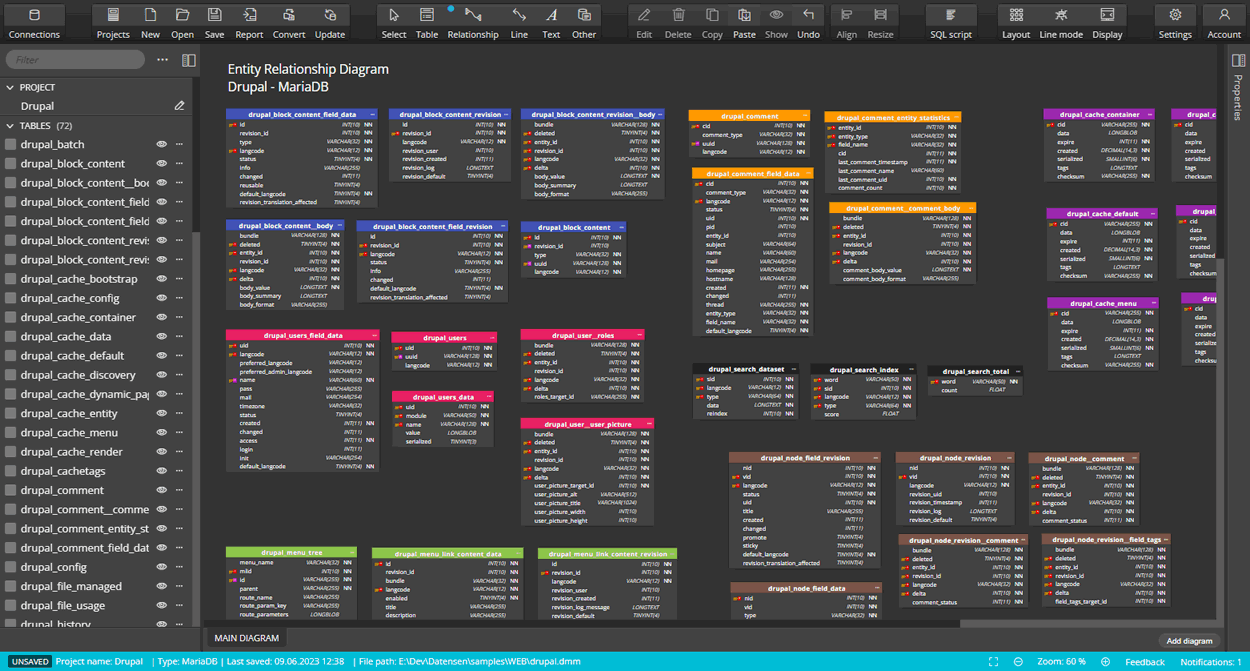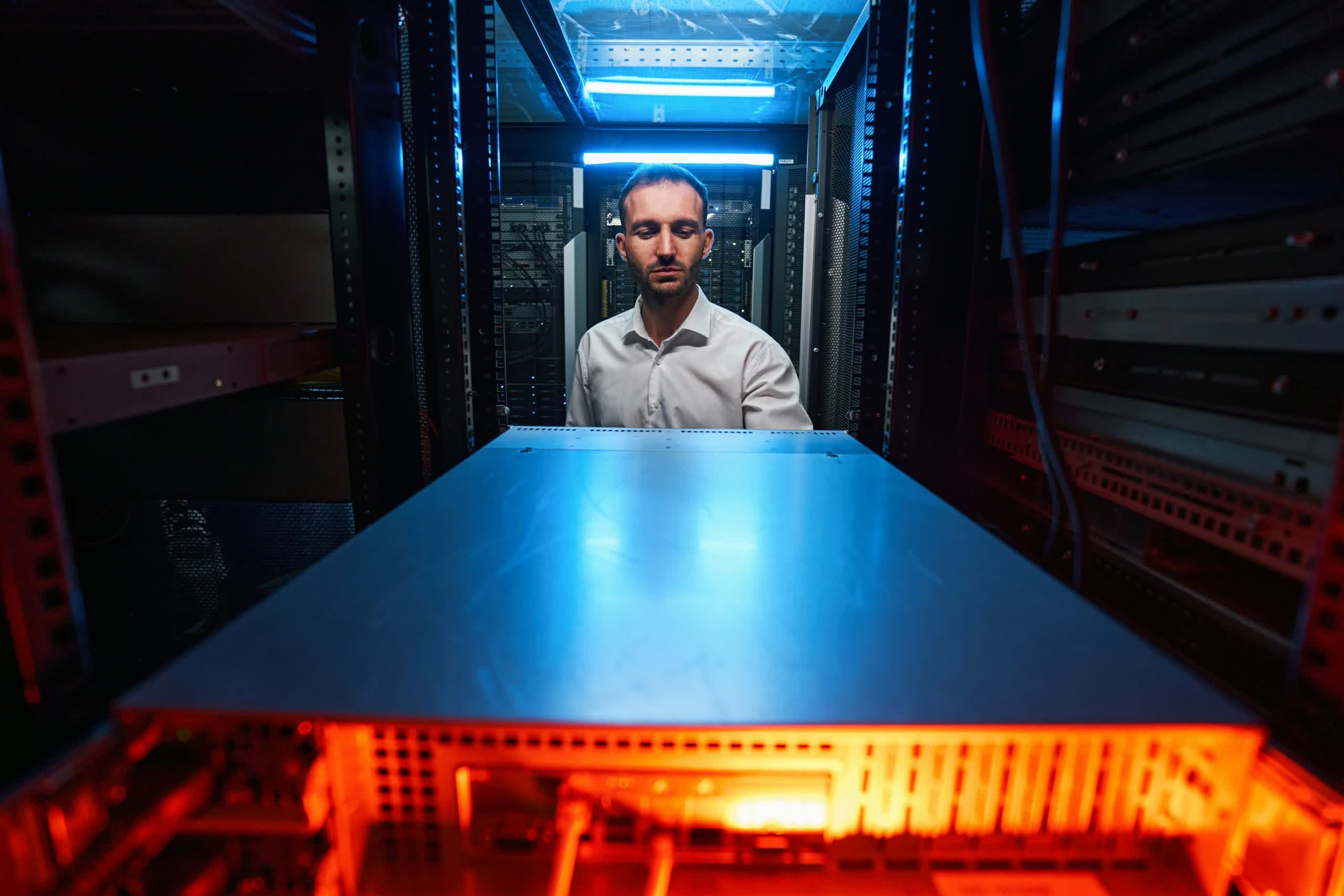For developers familiar with MySQL, you've probably heard that MariaDB is the next generation of the database engine. MySQL has long been the traditional database in Linux, Apache, MySQL, and PHP (LAMP) environments. However, MariaDB has gained popularity as an alternative. MariaDB is a fork of the original MySQL codebase, created to ensure continuity and avoid the potential pitfalls after MySQL was acquired by Oracle. Developers will find that the syntax is similar, but MariaDB introduces several notable differences.
Although MySQL remains embedded in several large technology businesses, MariaDB is often seen as a popular new-generation database for enterprises. MariaDB supports higher data transfer volumes and is supported by most cloud providers. Its similarity to MySQL, which was the dominant database in the early 2000s, has facilitated its adoption.
The key differences between MariaDB and MySQL form the foundation of MariaDB's performance. MariaDB offers several more storage engines and supports over 200,000 connections. MySQL's Enterprise edition includes proprietary code, while MariaDB is completely open-source. These differences contribute to MariaDB's superior speed. In recent benchmark testing, MariaDB performs somewhere between 13% to 36% faster than MySQL.

Syntax differences
Since MariaDB is a fork from MySQL, the syntax is similar, but MariaDB has several additional features. Basic SQL syntax remains the same, but MariaDB handles data storage and functions differently. Each new version of MariaDB includes added features and extensions.
One example of a feature in MariaDB not available in MySQL is the SEQUENCE feature. In MySQL, you use the AUTO_INCREMENT feature to add a unique incremented integer to each row created in a table. With SEQUENCE, you can create a custom sequence that starts at a specific value and increments by a custom value.
Editor's Note:
This guest blog post was written by the staff at Pure Storage, an US-based publicly traded tech company dedicated to enterprise all-flash data storage solutions. Pure Storage keeps a very active blog, this is one of their "Purely Educational" posts that we are reprinting here with their permission.
The following is an example of the SEQUENCE function:
CREATE SEQUENCE s START WITH 10 INCREMENT BY 10;
Why MySQL is easier to learn than MariaDB
MySQL was introduced in 1995 and became the dominant database engine in the early 2000s. It's used by some of the world's largest companies such as Facebook, GitHub, Airbnb, and YouTube. It handles billions of records and integrates easily into Linux environments, including affordable web hosting providers.
Because MySQL is so popular, there are plenty of videos and tutorials available to learn how to set up the database and use its SQL syntax to create queries. MySQL is also suitable for personal projects and is free for individual use. It runs on both Windows and Linux, making it accessible to almost any developer. Many developers begin learning database programming and storage design with MySQL.
MariaDB is slightly more challenging because it's designed as an enterprise solution. It has more engines to work with and is available in the cloud. Most enterprise applications have many more features than consumer alternatives, making them more difficult to learn.
Will MariaDB replace MySQL?

No one can predict the future, but MySQL is likely here to stay. More application developers might choose MariaDB over MySQL for enterprise applications, but MySQL still maintains a strong market presence. WordPress works natively with MySQL and powers a significant percentage of websites – however, WordPress is also compatible with MariaDB – MariaDB can be used seamlessly with WordPress without requiring significant changes.
In the future, MariaDB could power a large portion of web applications, but for now, it maintains a strong presence in the enterprise realm, especially in Linux environments. It's possible that MariaDB will become a more popular database for enterprise applications in a LAMP environment.
Should you use MariaDB or MySQL?

If you need to learn about databases or have a small pet project, MySQL may be the best option. MySQL offers a convenient desktop application that simplifies database management and configuration. The MySQL Workbench software uses a graphical user interface to guide you through the table creation process, and you can build your queries and functions with better feedback from the database service if you make mistakes.
In a large organization, MariaDB is the better option. It's also beneficial for smaller businesses that expect a large increase in concurrent users (there are some GUI applications here, too, if you need them). MariaDB scales easily as an application becomes more popular and more users access it. If you want to get experience working with cloud databases, MariaDB is a good choice for learning replication and management of data in the cloud.
Is MariaDB better than MySQL?
As a fork of MySQL, MariaDB shares many similarities with its predecessor, making the determination of "which is better" subjective. Some developers prefer MariaDB because it's open-source and free, but MySQL is a stable, popular alternative that's good for small projects.
Developers familiar with MySQL might prefer sticking with the database they know, but choosing MariaDB is an excellent way to learn new technology. Knowing both databases is beneficial, and MariaDB might be a better choice at the enterprise level. Ultimately, you can always perform your own benchmark testing if you're unsure if MySQL's performance meets your application's needs.
